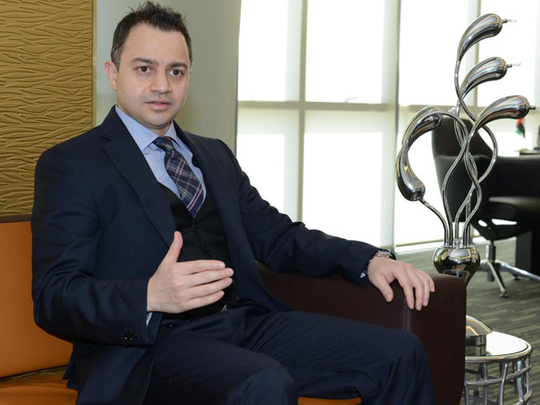
Dubai: Dubai Islamic Bank (DIB) which undertook a massive five-year transformation strategy between 2008 and 2013 focusing on cleaning its balance sheet is very conscious of maintaining strong asset quality.
“The bank at the board level and the management level is fully aware of the need for keeping asset quality strong. At the strategy level we are fully committed to keep up asset quality,” said Dr Adnan Chilwan, Group CEO of DIB.
For Dr Chilwan asset growth and asset quality are not necessarily inversely related; on the contrary he argues that both can be complementary. In keeping with this, DIB has been showing consistent improvement in asset quality with decline in non-performing assets. In the first half of the year NPL ratio improved to 4.5 per cent compared with 5 per cent at the year-end 2015. Impaired financing ratio also improved to 3.8 per cent for the period ended June 30, 2016 from 4.1 per cent at the end of 2015.
The improving NPLs and impaired ratio is primarily driven by recoveries in legacy portfolio as well as continuous growth in the quality asset book. Overall coverage ratio stood at 150 per cent at the end of June 2016. Impairment losses declined to Dh191 million in the first half of this year compared with Dh276 million for the same period in 2015.
Dr Chilwan attributes the improving asset quality to the strict adherence bank’s transformation strategy and the regulatory reforms implemented by the UAE Central Bank.
“A lot of credit for the strong asset quality metrics we have today in the UAE’s banking sector and in DIB should go to the central bank for building in prudent financing to value ratios or loan to value ratios,” he said.
Post-global financial crisis the Central Bank of the UAE had introduced a number of macroprudential reforms tightening the LTV ratios especially in mortgages and tightened lending norms to individuals, setting limits on total debt burden ratios.
At the close of the second quarter of this year DIBs capital adequacy ratio (CAR) stands at 18 per cent and T1 ratio at 17.8 per cent. The recent rights issue, by the bank increased the bank’s share capital to Dh4.9 billion from Dh3.9 billion as of March 2016. The rights issue has clearly given a liquidity boost to the bank.
The share premium from the rights issue will add Dh2.2 billion cash to the balance sheet that in turn, will push up liquid assets to around 21.3 per cent based on year-end 2015 numbers.
“Clearly the boost to or capital adequacy ratio and liquidity opens up new opportunities to expand our balance sheet, potentially enabling to add some high quality assets to our books,” said Dr. Chilwan.
Credit rating agency Moody’s expect the rights issue will be supportive of banks continued balance sheet growth. “The additional capital will support the bank’s solvency in the context of continued balance sheet expansion. The slowdown in (credit) growth, when combined with the capital increase, will support strong and stable capital buffers over the next 12-18 months” said Nitish Bhojnagarwala, Assistant Vice-President — Analyst, Moody’s.












